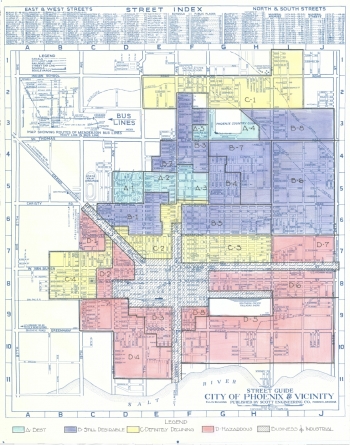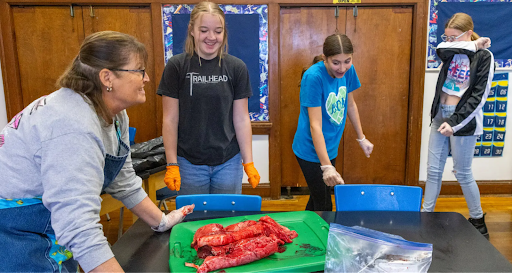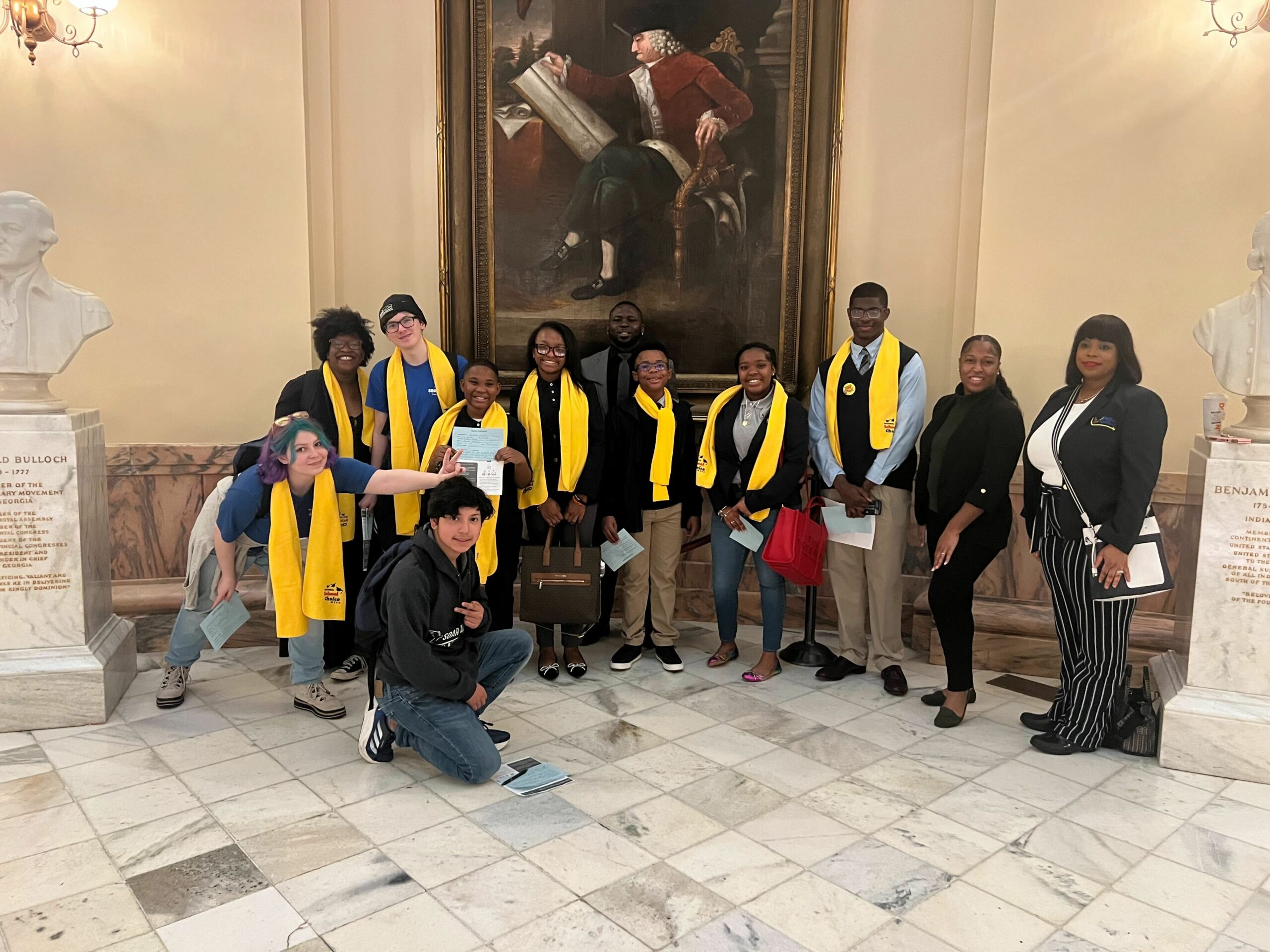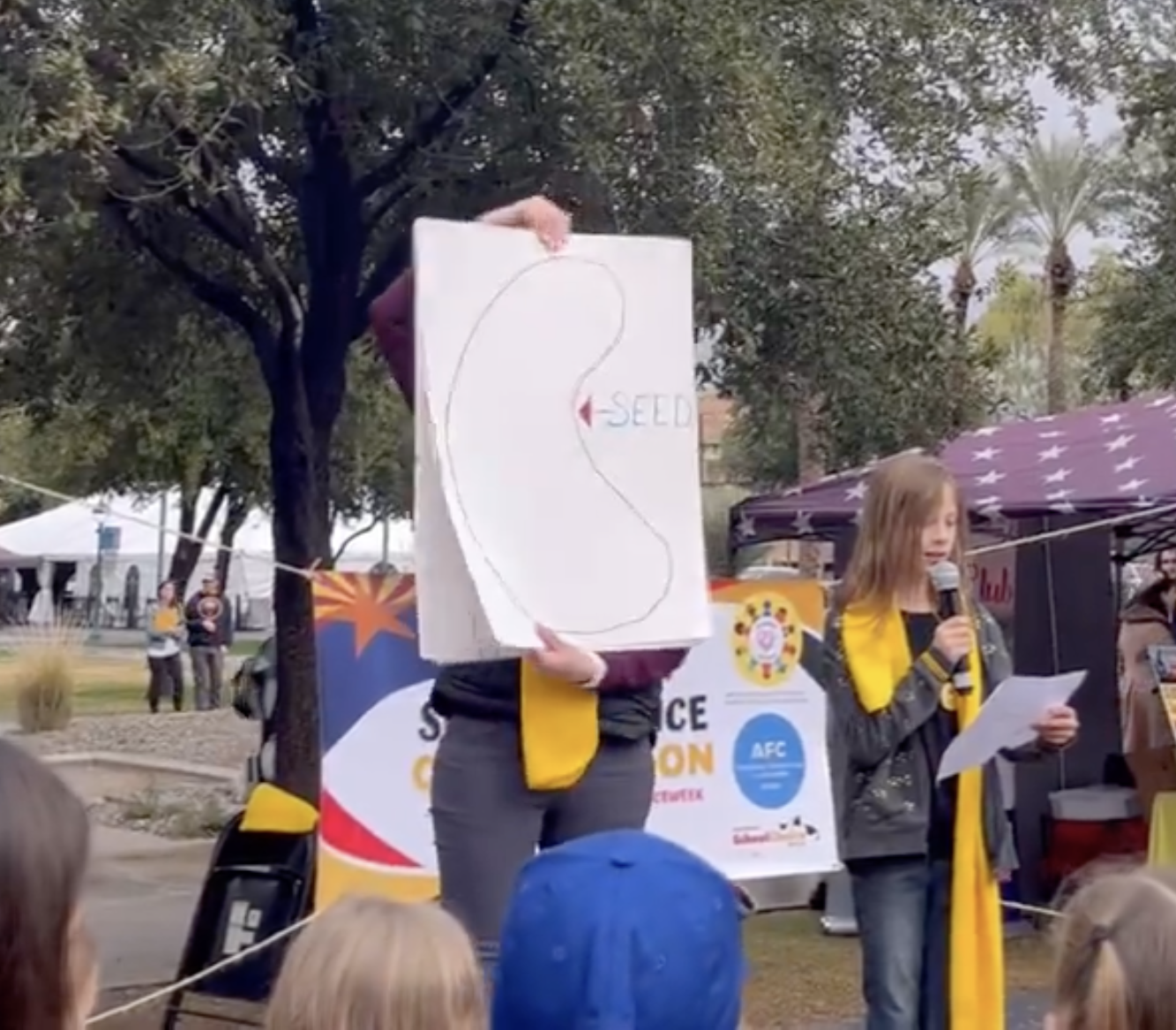Jump to: Top Tasks | From the Field | Key Resources | Moments of Resilience
It is week 136 of our new reality.
A week from today, on October 24, the 2022 National Assessment of Education Progress (NAEP) state-by-state results will be released, which will give us our first comprehensive, apples-to-apples look at how children from different corners of the country fared through the Covid-19 pandemic. You can register for the 10am ET live stream of the announcement here.
Given the sharp drops in student performance on the national long-term trend NAEP issued last month, it’s unlikely that many states will be celebrating big gains in 2022. Yet, there may be important distinctions between states.
SUBSCRIBE
Will the states that kept their schools closed the longest–like California, Oregon and Maryland–see sharper declines in student achievement than states like Wyoming, Arkansas and Florida that were quicker to reopen school doors to in-person learning? Will states that invested in summer learning programs and tutoring in 2021–like Tennessee–show early signs that this investment is paying off for kids?
At the same time, these results will also allow us to compare student achievement across large districts through the Trial Urban District Assessment (TUDA) program, which now includes 26 districts including New York, Los Angeles, Chicago, Atlanta, Boston, Denver, DC and many more. We look forward to digging into the results with you in real time on Twitter and will have a full analysis in our next edition of the Roundup.
Last time in the New Reality Roundup, we shared takeaways from our 2022 CAN Summit in New Mexico and looked at the power of connecting advocates to education entrepreneurs, policy thinkers and elected officials serving the public. Today, we highlight seven reasons for optimism in 2023, in the form of emergent policies that consensus is building around as the year draws to a close.
TOP TASKS
Get ahead of the curve with seven trends for 2023
We are about 90 days out from the start of most state legislative sessions but the work to shape the agenda of those sessions is already in full swing. This is the “stealth” phase of state advocacy work since so much of it happens behind the scenes but it can be helpful to connect the dots to see what issues are likely to emerge in the coming year.
Across the 50CAN state campaigns and those of our partners, we see seven key areas of policy work emerging that could make a big difference for kids:
Direct education aid to families in states red, blue and purple
Pandemic-era policies like the child tax credit and direct aid stimulus payments drew bipartisan support and may pave the way for a broader rethinking of how education funding works in the states. If parents can be trusted with direct aid for their children, why not trust them with the same autonomy for their children’s educational needs from technology and online coursework to tutoring and remediation/acceleration programs? Originally an idea that only took hold in red states, the work of HawaiiKidsCAN in 2022 showed how an idea like this might gain support in blue states as well. CarolinaCAN’s win on direct aid provided a playbook for purple states. Expect a big push in statehouses across the country in 2023.
Meaningful career pathways are now more than a soundbite
Full-fledged career pathways have evolved considerably from the old woodshop classes tucked away in the basements of our high schools, with the business communities of many cities and states eager to partner with educators to align learning opportunities with long-term workforce development needs. We’ve seen meaningful evolutions in this work from our local leaders, such as David Miyashiro of HawaiiKidsCAN who secured computer science courses for all students. With a mix of internships, apprenticeships, hands-on skill development and career counseling, we’re eager to see further evolutions that will ensure every child has access to a meaningful career, coupled with safeguards that prevent putting students into a binary college or career track based on academic performance. In the coming year, we expect these ideas to get concrete expression in legislation introduced in a number of statehouses.
Open enrollment–with modern transportation–as a primary means of ending redlining
Championed by our partners Emily Anne Gullickson and Matthew Ladner, Arizona now offers completely open enrollment that gives every family the opportunity to attend any school, no matter their home address. Combined with efforts to expand access through modernizing school transportation, the state is providing a proof point for the rest of the country in how to upend a geographic school assignment system that’s been in place for nearly a century. It comes at a time when many states are grappling with the troubling history of redlining and its influence on unjust school boundaries.
As more advocates and states take up this effort, 2023 is on track to be a turning point for erasing these lines and their legacy.
Credit, earned outside the classroom
Our vision for a system of education that takes education beyond the four walls of the schoolhouse through partnerships with community assets seemed many years out as recently as 2021, but the popularity among parents for this approach in opinion polls is creating real moment to bring this vision to life in the coming year. Bright spots of this work have been well documented by our partners at the VELA Education Fund and encouraged by the policy minds at CRPE. There’s real political momentum in a number of states as a result.
Some thorny questions remain, including accreditation and the level of regulation, as well as assessment and accountability modernizations that will be necessary to keep students and their families informed, but new legislation in 2023 will take on these challenges and provide an opportunity for a big leap forward on this big idea.
Equal funding, for charters and more
50CAN has long believed that a student’s address should not determine the kind of education they receive. We also do not believe a child’s choice of school should make them a second-class citizen of education finance. Far too often, due to poison-pill regulations often designed to stymie the growth of charter schools, families who pick charter schools find themselves as unequal participants in a system of education supported by their tax dollars. In 2023, our states will continue to call out these finance practices and reform them, as TennesseeCAN did last year, so that children are funded based on their needs rather than the ideologies and politics of adults.
The science of reading grows in impact
We’ve covered both the “Mississippi Miracle” and the “Tennessee Turnaround” in this newsletter over the past few months. In both examples, strong growth in student achievement resulted from a focus on how students are taught to read. Brought into mainstream discourse by journalist Emily Hanford, who has a new, serialized podcast on the topic coming out this Thursday, this approach is likely to be prominent in a number of statehouses in 2023.
For advocates working on the issue, ExcelinEd’s Kymyona Burk has advice: “The hardest part was convincing others who had done things a certain way for such a long time that we needed to make a shift. We had to make a shift in our instructional practices; we had to make a shift in the curricula that we were purchasing; and also we had to just really come to terms with the fact that there were so many of our teachers who had come through our education-preparation programs who still were not equipped to teach children who struggle how to read.”
A teaching workforce, as diverse as the study body
“Research shows that when Black students have Black teachers who reflect their racial identity, experiences and worldviews, they perform better in schools. But most Black students attend 13 years of public school without ever having a single Black teacher,” writes the Center for Black Educator Development in their report on rebuilding the Black teacher pipeline.
Ensuring that students are educated by a teaching corps as diverse as they are requires a complex web of interlocking policies, such as those championed over the past three years by ConnCAN, through providing incentives, increasing the supply of educators of color and breaking down barriers. That work will continue in Connecticut and should see replication in more states around the country.
FROM THE FIELD
With the Hawaii State Board of Education conducting a statewide parent survey on the education system, HawaiiKidsCAN Executive Director David Miyashiro designed a guide for parents to provide context and help them consider their responses. The resource caught the eye of Hawaii News Now who broadcast an interview with David.
TennesseeCAN’s 2022 School and District Leader survey results were the focus of news articles across the state. The survey highlights views on school budgets, opinions on the passage of the TISA student-funding reform TennesseeCAN was essential in passing and teacher retention and vacancies.
Jay Artis-Wright, the leader of Freedom Coalition for Charter Schools–an organization 50CAN is thrilled to partner with–narrates a new video showcasing the organization and the importance of their mission.
50CAN President Derrell Bradford moderated a session for Harvard’s Program on Education Policy and Governance on the growth and future of microschools and other emerging school models.
ConnCAN’s efforts to survey and track how federal ESSER dollars are being spent to keep parents informed is beginning to be reported on. Among the most common findings of expenditures: mental health services and teacher hiring.
Key Resources
Urban Institute is out with a report measuring the differences between student subgroups in school spending levels. While most states in the country have higher levels of funding for schools with a majority Black student population, seven do not.
Brookings Institute examines the gender education gap that is growing more prominent, with lagging numbers for boys in high school graduation rates, college enrollment and Bachelor degree completion rates.
Nearly half of Americans have never heard of CRT and know nothing about it, according to new reporting from Beth Hawkins in The 74.
New America calls for greater transparency and safeguards for students from low-income backgrounds in the design and implementation of work-based learning programs.
Fordham Institute profiles Teach Like a Champion’s Doug Lemov on fostering purpose and connection in the classroom. “Interactions among students, especially in the classroom must deliberately be orchestrated to build a sense of connection, belonging, and shared scholarly endeavor.”
Gisele Huff’s new book, “Force of Nature,” is the subject of a wide-ranging interview with Capital Research that includes her passion for both philanthropy and education reform.
FutureEd continues their important work of tracking ESSER spending across the country with a new report on how that spending is bolstering and reshaping the teaching profession.
CRPE takes a hard look at how the pandemic affected students with disabilities, finding that learning loss is especially prevalent among this subgroup and more students who need services are not being identified in infancy.
Moment of Resilience

A map of Phoenix, Arizona from the 1940s shows redlined districts in the southern quadrant of the city that also set the boundaries for the school district. Arizona’s open enrollment policy, combined with a growing charter sector and the new expansion of ESAs, allows students and families to cross those lines and break through the structural racism that has held far too many students back from reaching their potential. Over the next twelve months, our network is aiming to break down these barriers and right these historic wrongs in communities across the country.







